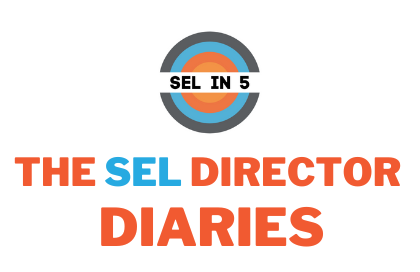On Self-Efficacy and Behavior
How the "performance-efficacy spiral" can help us reframe our approach to student success.
One’s perceived self-efficacy is something that is acquired. Similar to motivation and resilience, self-efficacy is not something we are born with; it is developed as a result of our experiences.
But students (and adults) can develop perceived self-efficacy when they acquire the skills to predict when their efforts will lead to the results that they are hoping for.
Yet, when others (especially students) are reluctant to behave in an expected way, we assume reluctance or resistance. Instead, we need to consider the individual’s efficacy expectations and how those might be playing a role as an antecedent to the behavior. When a student exhibits attention-seeking or escape behavior, we should assume that they are not confident that they have the skills to do what is expected (and/or that the effort they need to invest to behavior appropriately will not result in a positive outcome).
Keep reading with a 7-day free trial
Subscribe to ThriveAI🤖❤️ to keep reading this post and get 7 days of free access to the full post archives.


